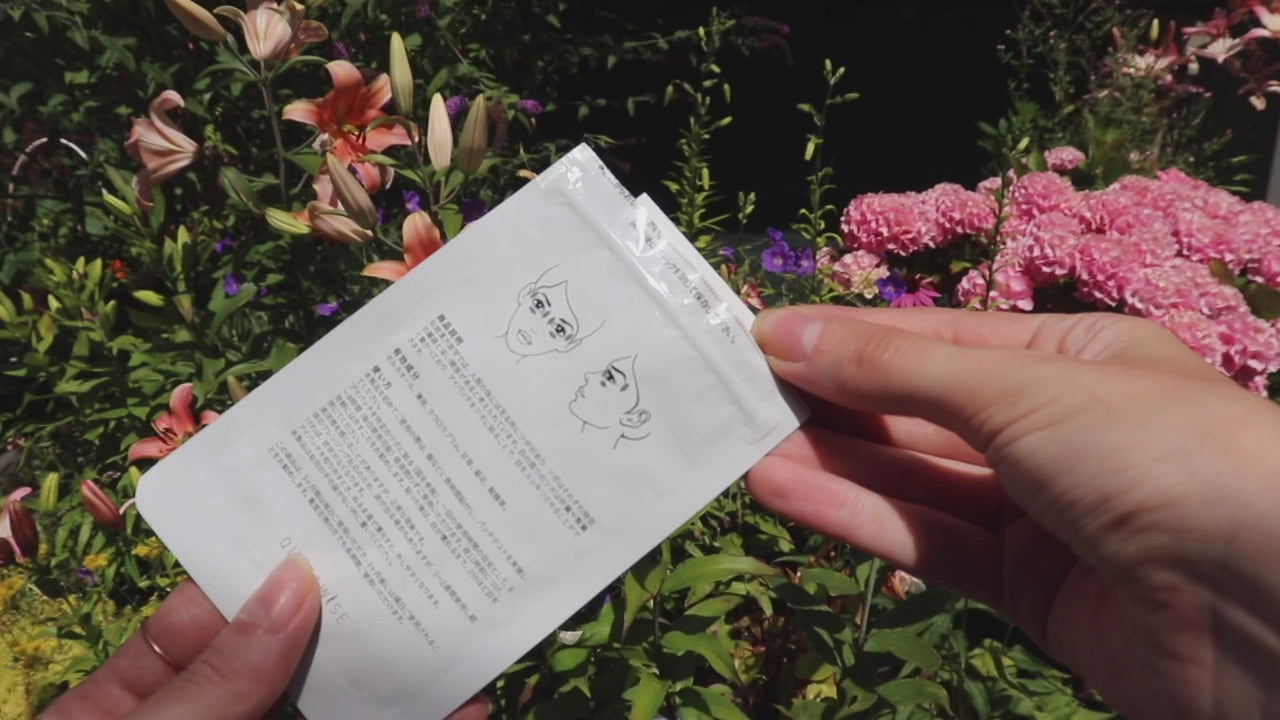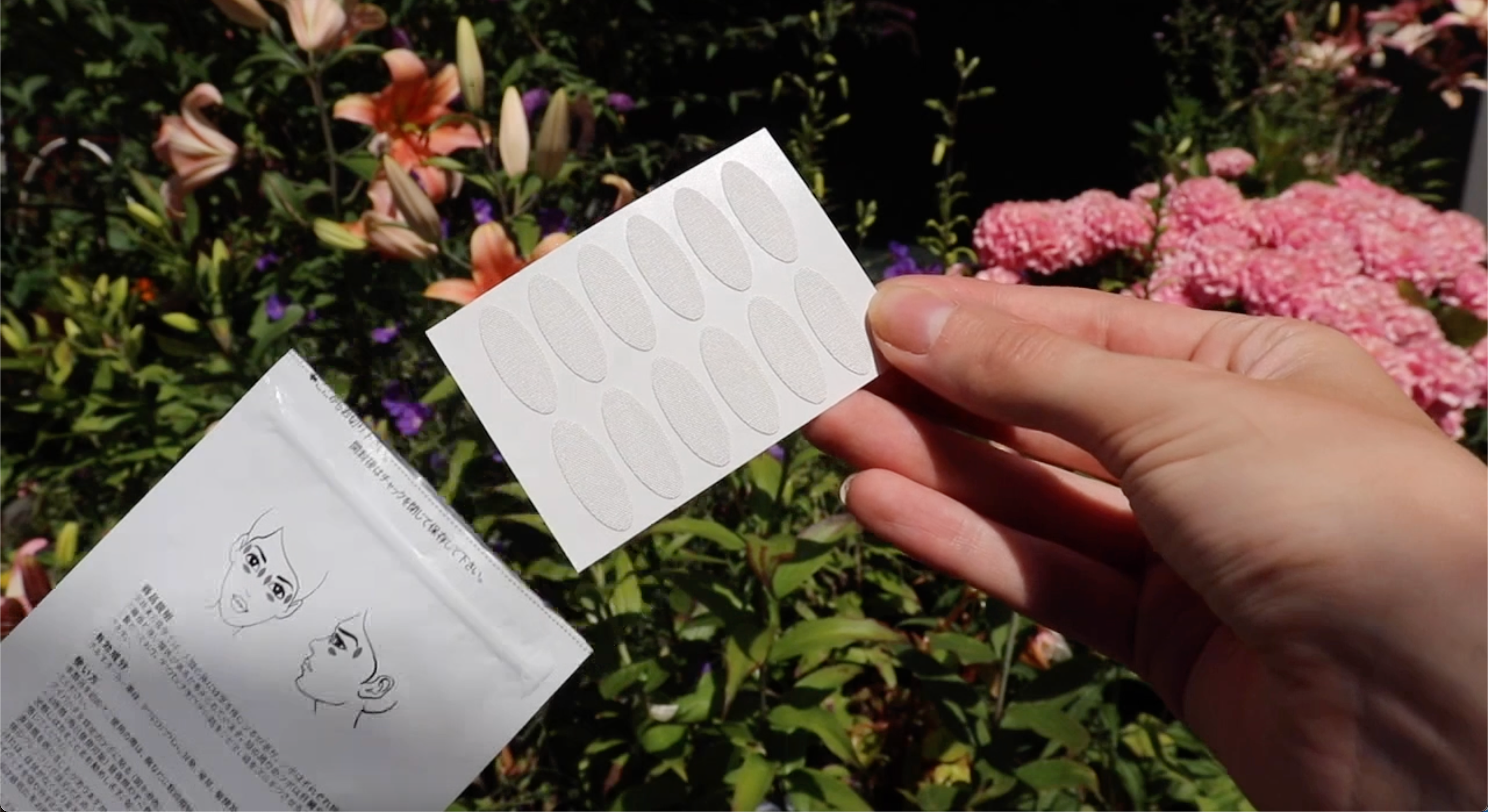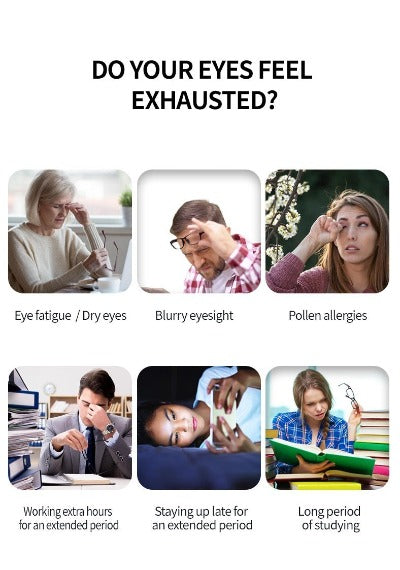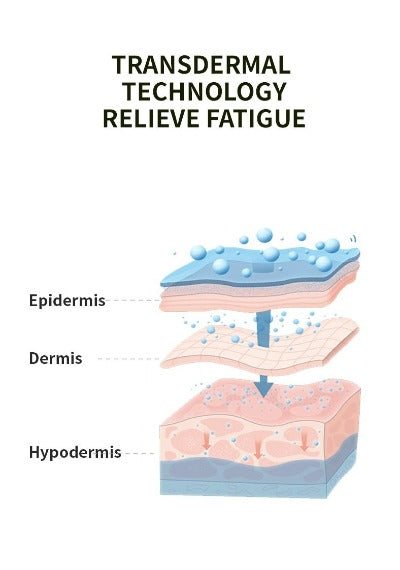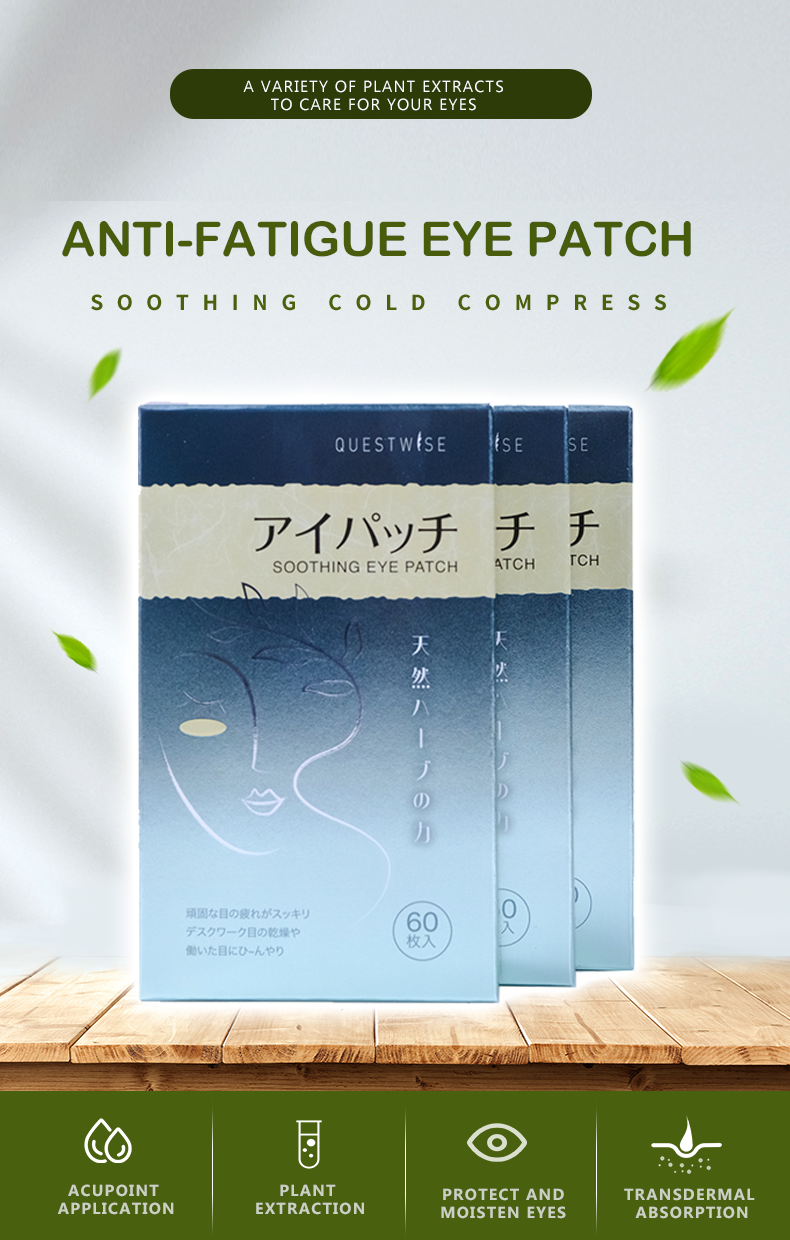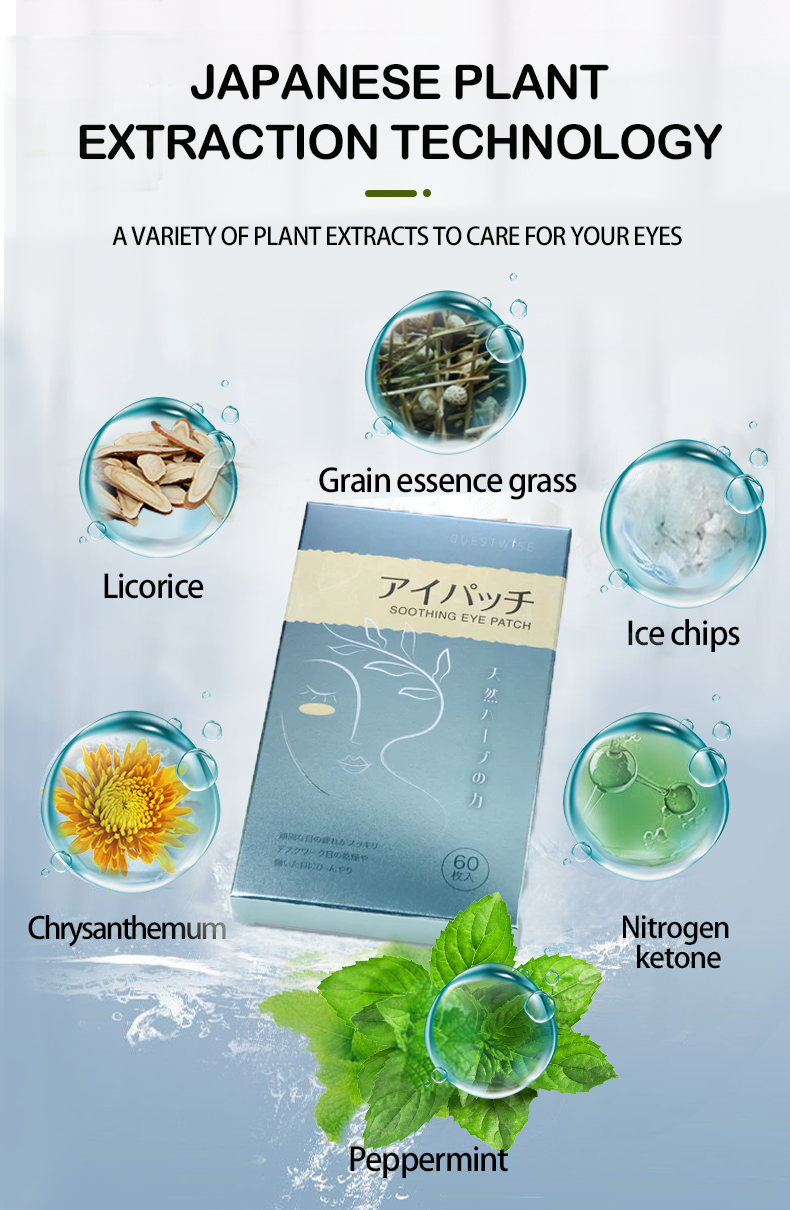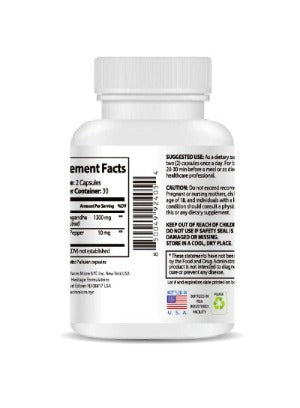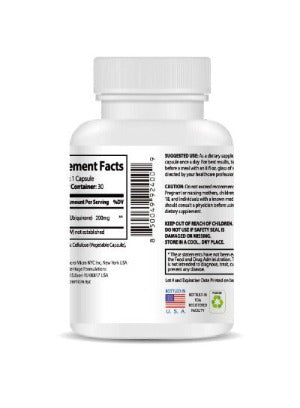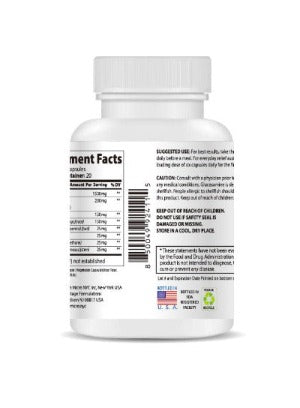Understanding the Complex Interplay Between Weather and Pollen Eye Itch
Pollen, those microscopic particles released by plants, is a significant allergen affecting millions globally. While allergy season is commonly associated with heightened pollen levels, the severity of pollen-induced eye itch isn't solely determined by the calendar. Meteorological conditions play a surprisingly crucial role in worsening these symptoms, often leading to discomfort and diminished quality of life. This detailed guide explores the intricate relationship between weather and pollen eye itch, offering practical advice and product recommendations to help you effectively manage and reduce your symptoms.
The Impact of Weather on Airborne Pollen: A Deeper Dive
The concentration of pollen in the air is highly dynamic, significantly influenced by various weather patterns. Understanding these influences is crucial in mitigating the effects on your eyes.
1. Wind: Nature's Pollen Distributor
Wind acts as a primary pollen transporter, carrying these microscopic particles over substantial distances. On windy days, pollen becomes highly airborne, dramatically increasing exposure. Even if the pollen source isn't immediately close, strong winds can transport allergens to your location, initiating or worsening eye itching.
2. Temperature's Role in Pollen Production
Warm temperatures stimulate pollen production in plants. Plants flourish in warm conditions, leading to a surge in pollen release. Extended periods of warm weather, especially after rain, usually result in higher pollen concentrations in the air, directly correlating with increased eye itch severity.
3. Rainfall: A Complex Relationship
Rain's impact on pollen is multifaceted. Initially, rain can actually increase pollen levels in the short-term. As rain falls, it can cause pollen to be released from plants in larger amounts, creating a temporary surge. However, heavier rainfall eventually washes away substantial amounts of pollen. Therefore, the period immediately following rain may temporarily see an increase in pollen, followed by a decrease.
4. Humidity and Its Effect on Eye Sensitivity
Low humidity levels can dry out your eyes' mucous membranes, making them significantly more susceptible to allergens. Dry eyes are highly prone to irritation and itching, intensifying the effects of pollen. Maintaining adequate hydration, both internally through sufficient water intake and externally with eye drops, helps combat this effect.
5. Air Pressure and Pollen Dispersal
High-pressure systems often bring calm, sunny days, perfect for pollen dispersal. In contrast, low-pressure systems typically associate with rain and wind, potentially initially increasing pollen levels before decreasing them.
6. Thunderstorms and Pollen: An Unexpected Connection
While rain might seem to cleanse the air, thunderstorms can actually worsen pollen allergies. The strong downdrafts associated with thunderstorms can forcefully push pollen closer to the ground, leading to higher concentrations near the surface and increased exposure. This phenomenon is often unexpected and can contribute to sudden worsening of symptoms.
Effective Strategies for Managing Pollen Eye Itch
Effectively managing pollen-induced eye itch requires a multi-faceted approach. Integrating the following strategies into your daily routine can make a significant difference:
1. Minimizing Exposure: Proactive Avoidance
Regularly check daily pollen forecasts and plan outdoor activities accordingly. During peak pollen hours (typically mornings and early evenings), reduce your time outdoors to minimize exposure to airborne allergens. This simple step can substantially reduce symptom severity.
2. Maintaining Eye Hygiene: A Crucial Practice
Regularly wash your face and hair to remove pollen that may have accumulated throughout the day. This helps prevent allergens from coming into direct contact with your eyes and reduces irritation.
3. Utilizing Lubricating Eye Drops: Relief and Hydration
Artificial tears help keep your eyes moist and flush away irritants. Frequent use, especially on high-pollen days, is recommended to alleviate dryness and itching.
4. Considering Allergy Medications: Medical Management
Over-the-counter antihistamines and other allergy medications can effectively reduce inflammation and alleviate symptoms. Consult your doctor or pharmacist to find the most suitable option for your needs and health condition.
5. Exploring Soothing Eye Patches: Targeted Relief
For focused relief from pollen-related eye irritation, consider using soothing eye patches. The Wise Quest Soothing Eye Patches - 3-Month Wellness Pack offers a unique solution. These patches utilize traditional Chinese herbal medicine to alleviate eye fatigue, dryness, astringency, redness, and swelling. They promote healthy blood circulation, helping relieve various eye discomforts. 
Long-Term Eye Health: A Holistic Approach
Effective management of pollen eye itch necessitates a comprehensive approach. Understanding the intricate relationship between weather and pollen, adopting preventive measures, and utilizing effective treatments, such as the Wise Quest Soothing Eye Patches - 3-Month Wellness Pack, significantly improve your comfort and well-being during allergy season and beyond. Consistent care and proactive strategies are vital for optimal eye health.
These patches, as mentioned, offer a natural approach to soothing irritated eyes. The blend of traditional herbs works to reduce inflammation and promote healing. Their convenient design allows for easy application and discreet use throughout the day. They're a fantastic addition to your overall allergy management strategy. 
Don't let pollen control your life! Take control of your eye health and experience the relief you deserve. Remember, if symptoms persist or worsen, consult an ophthalmologist or allergist for personalized guidance and treatment.



